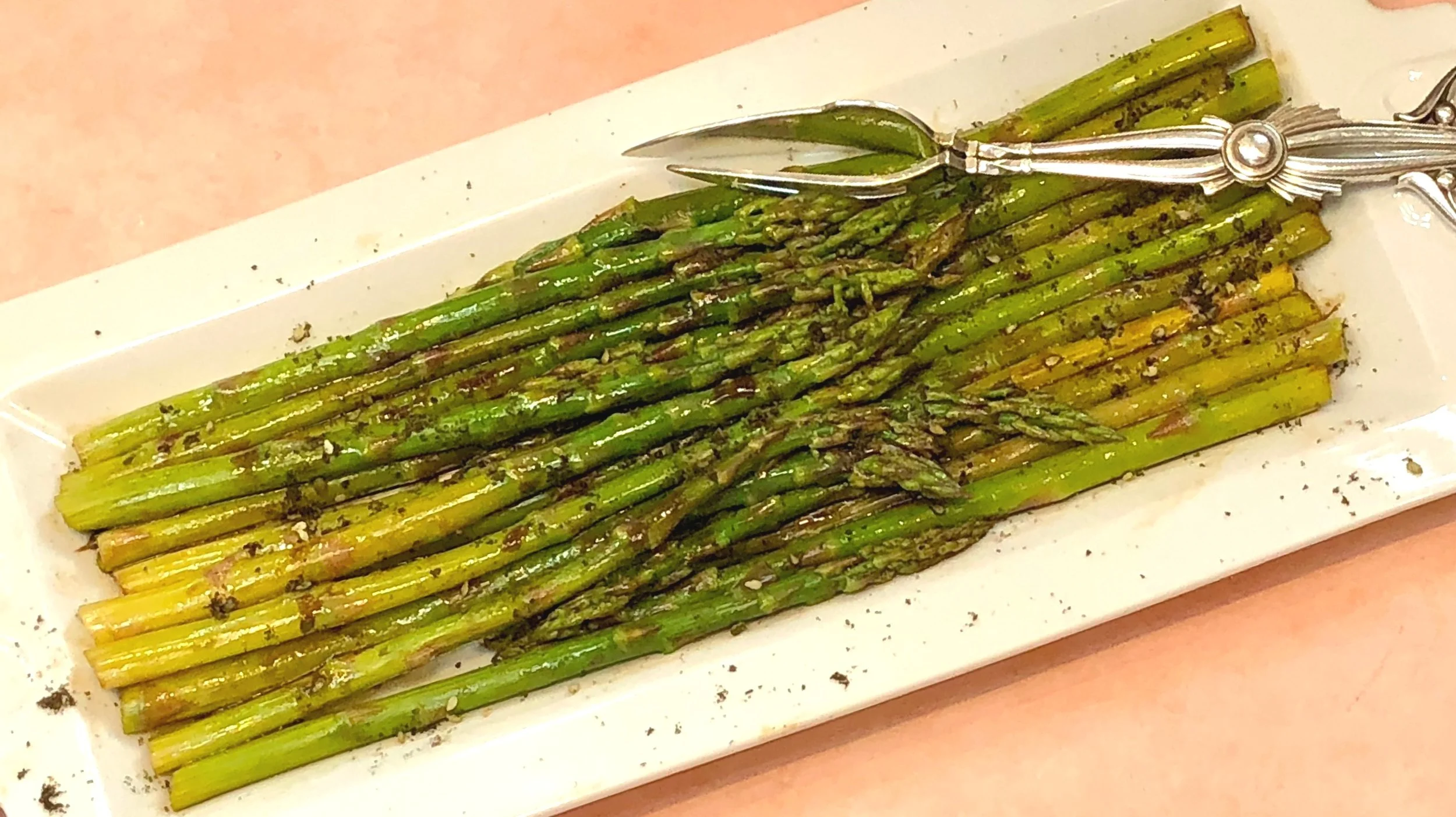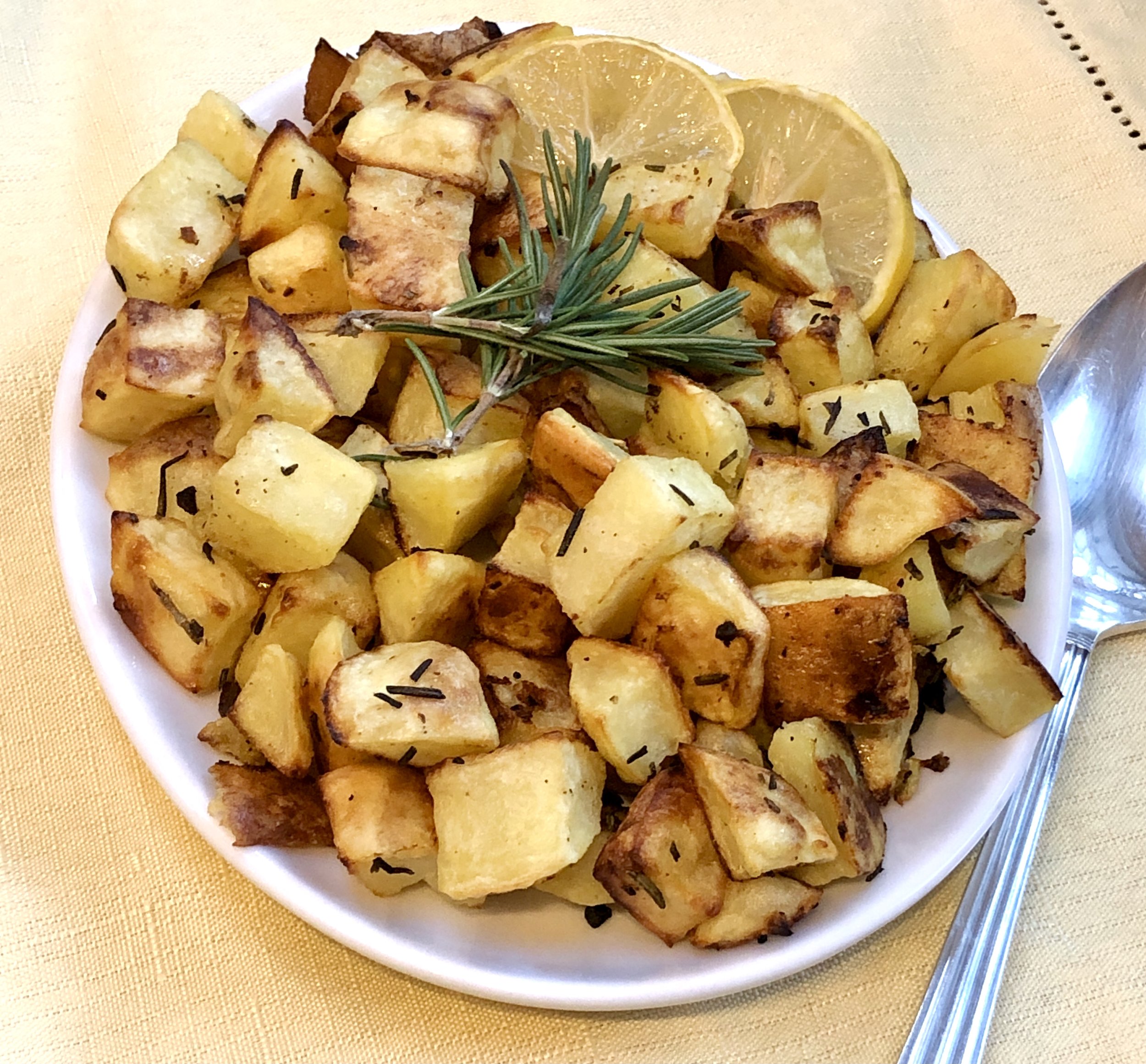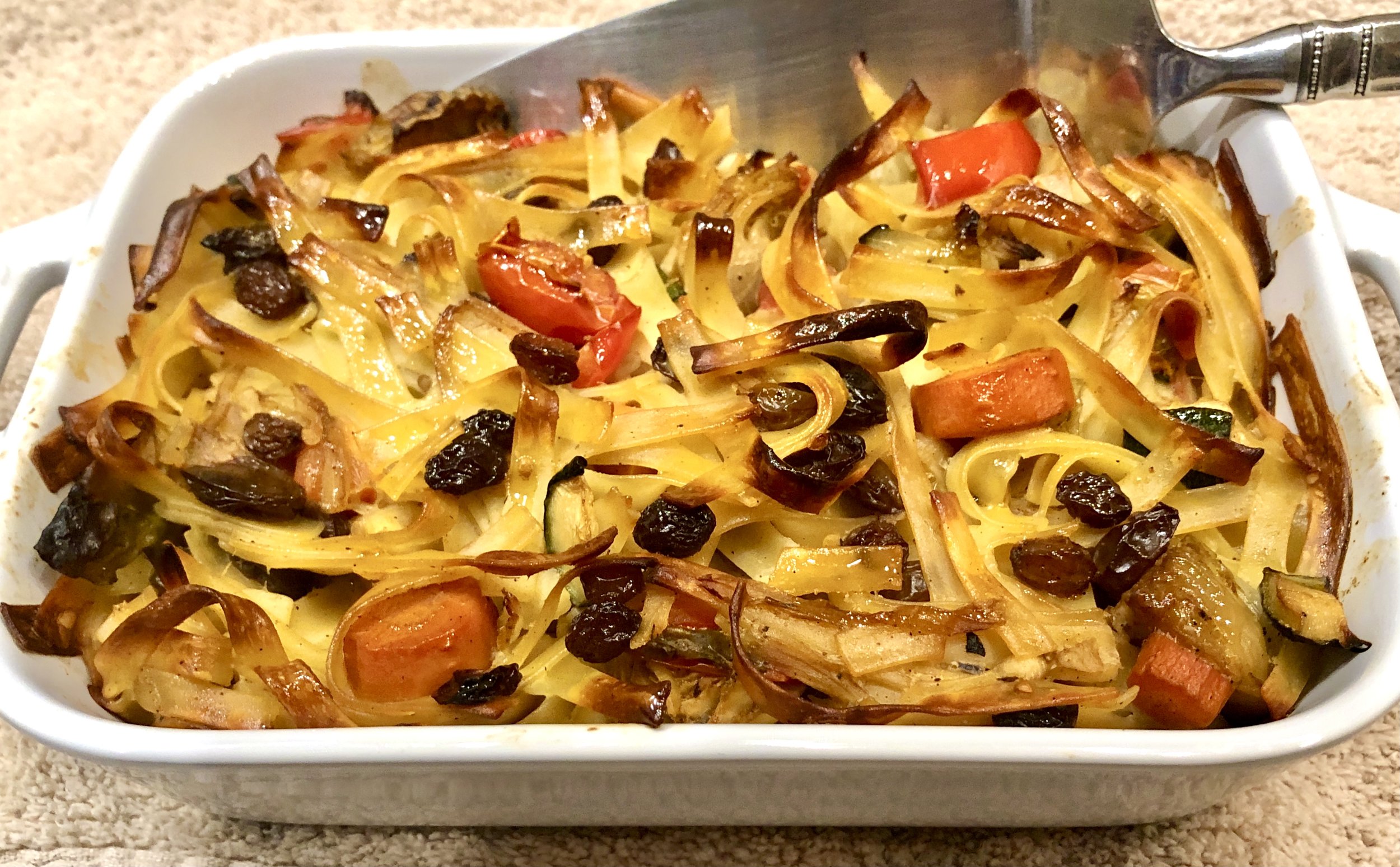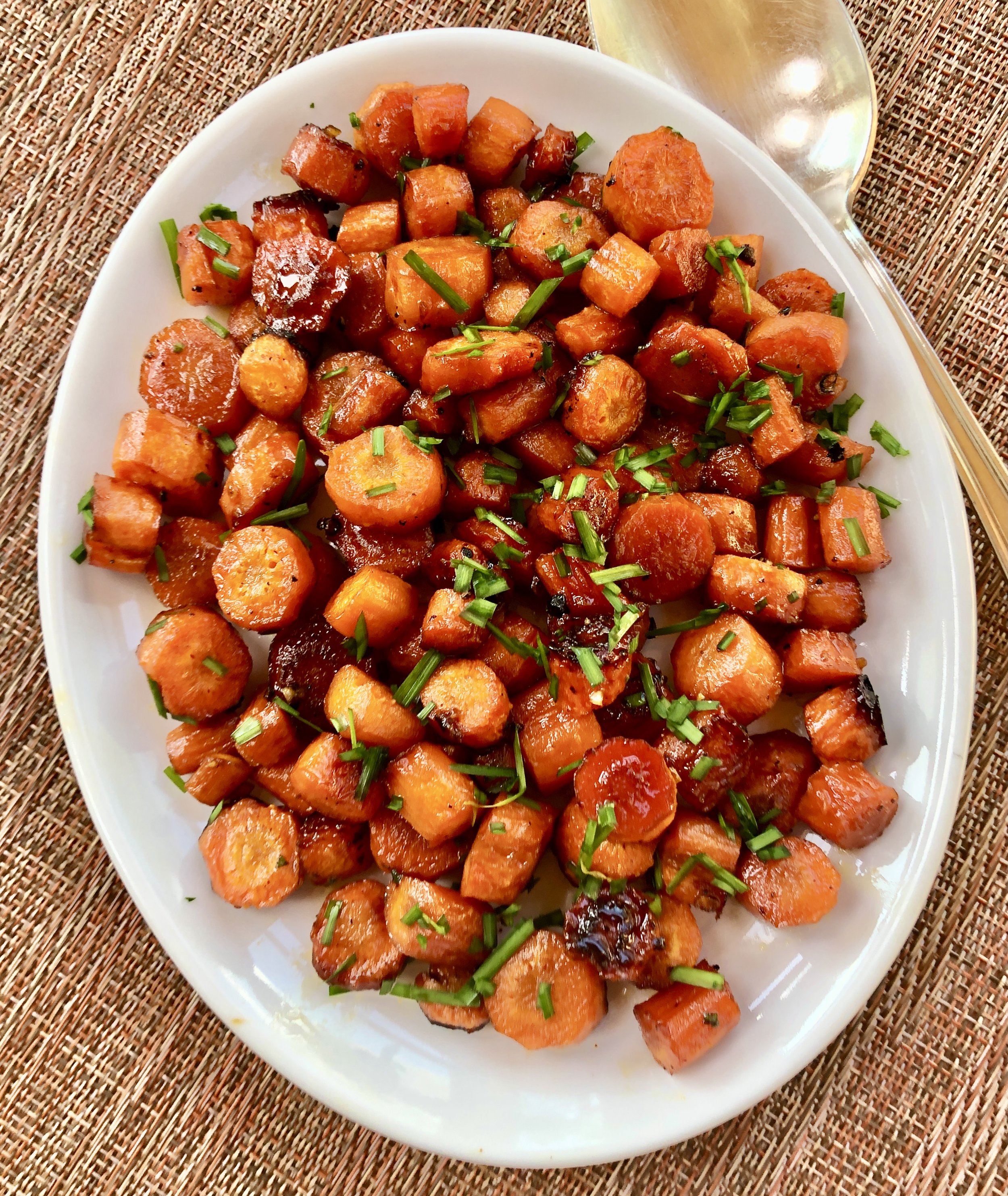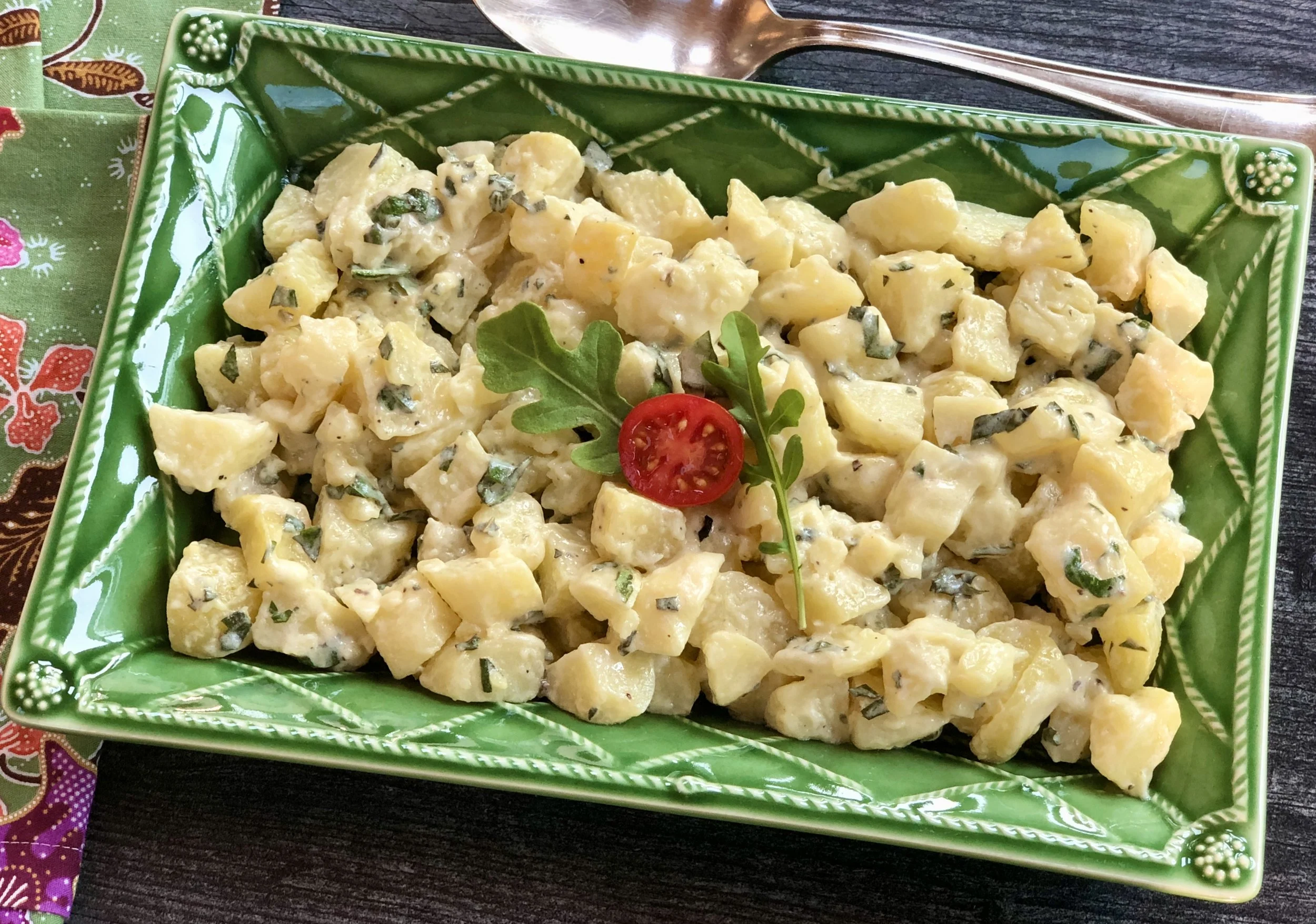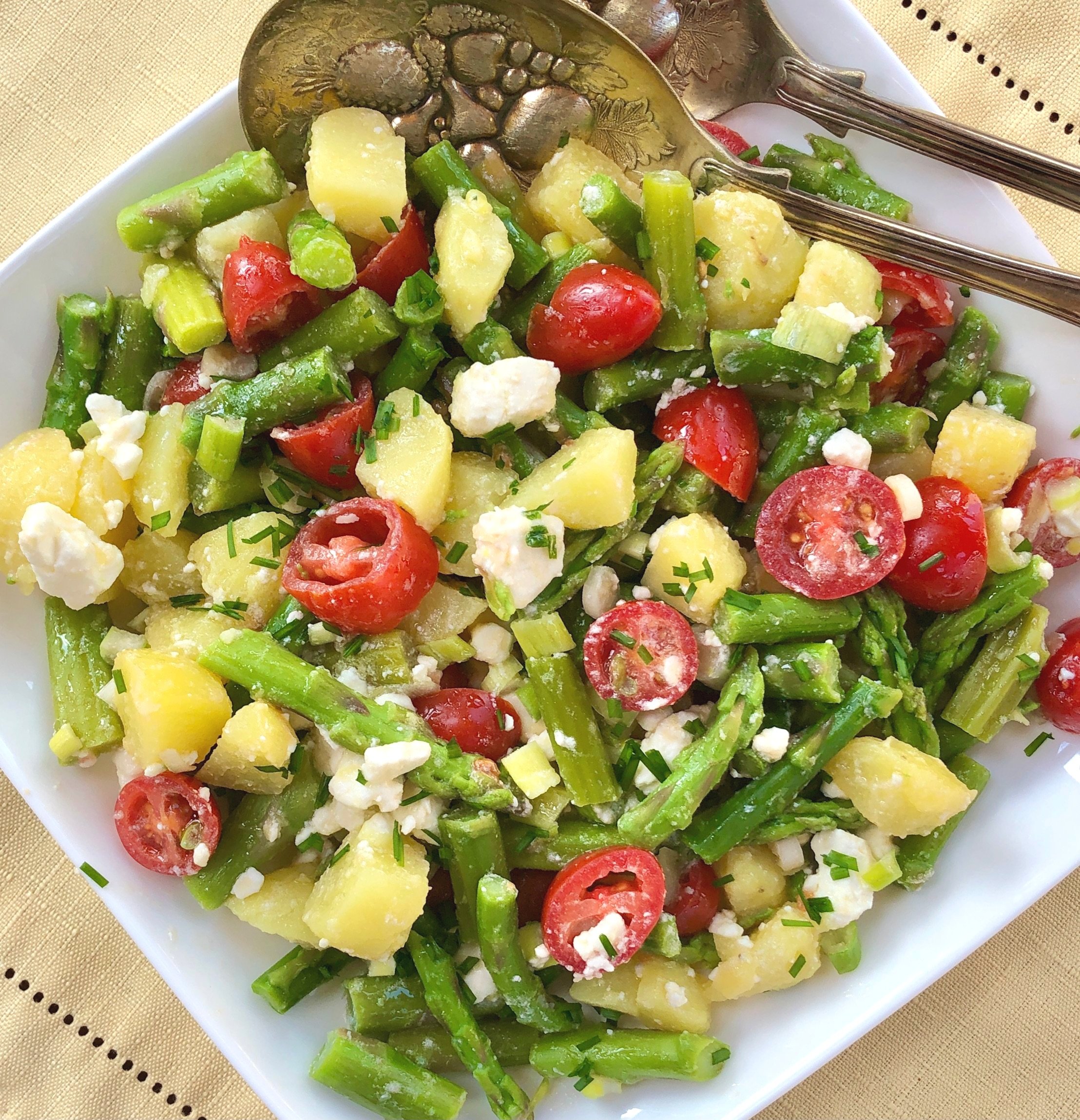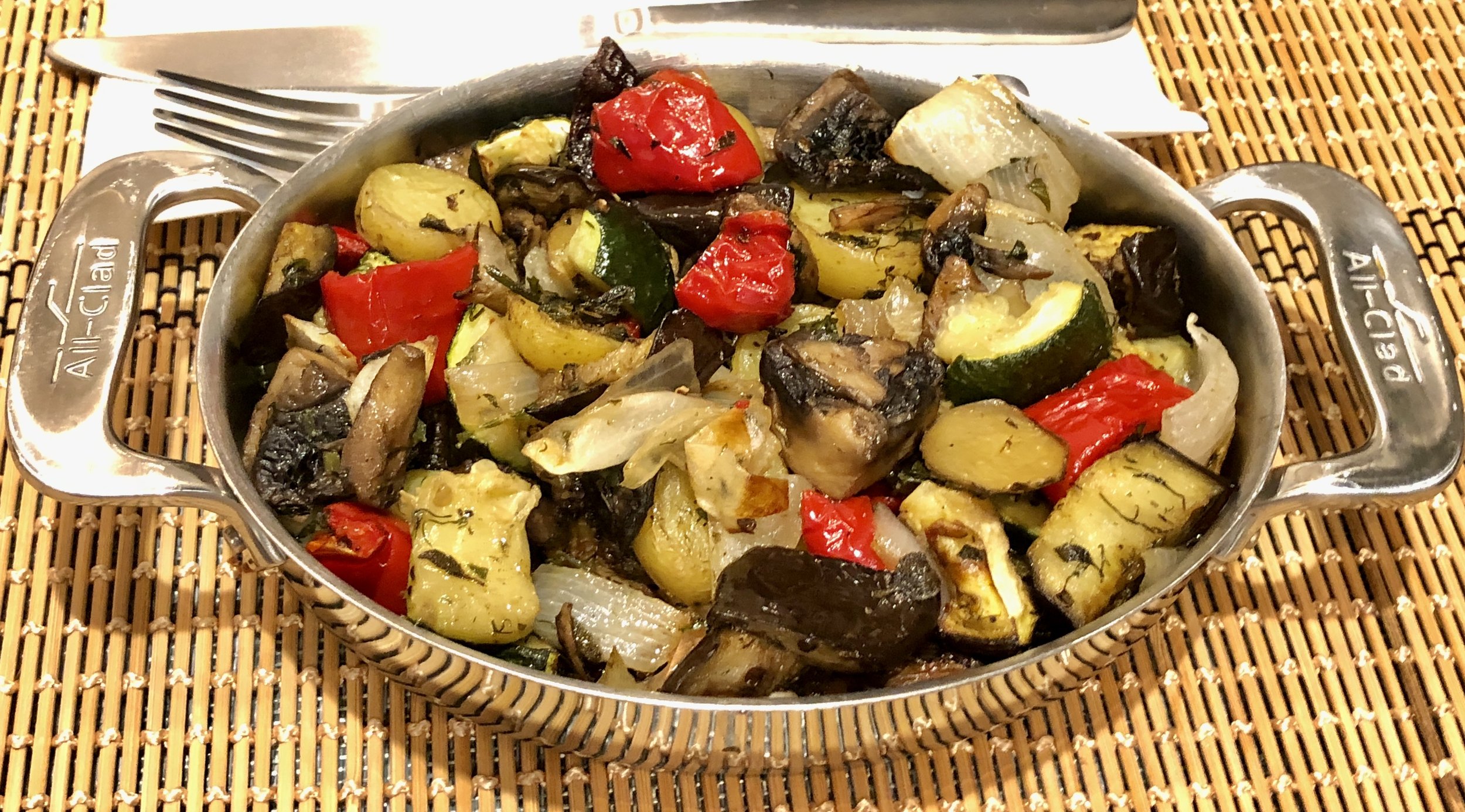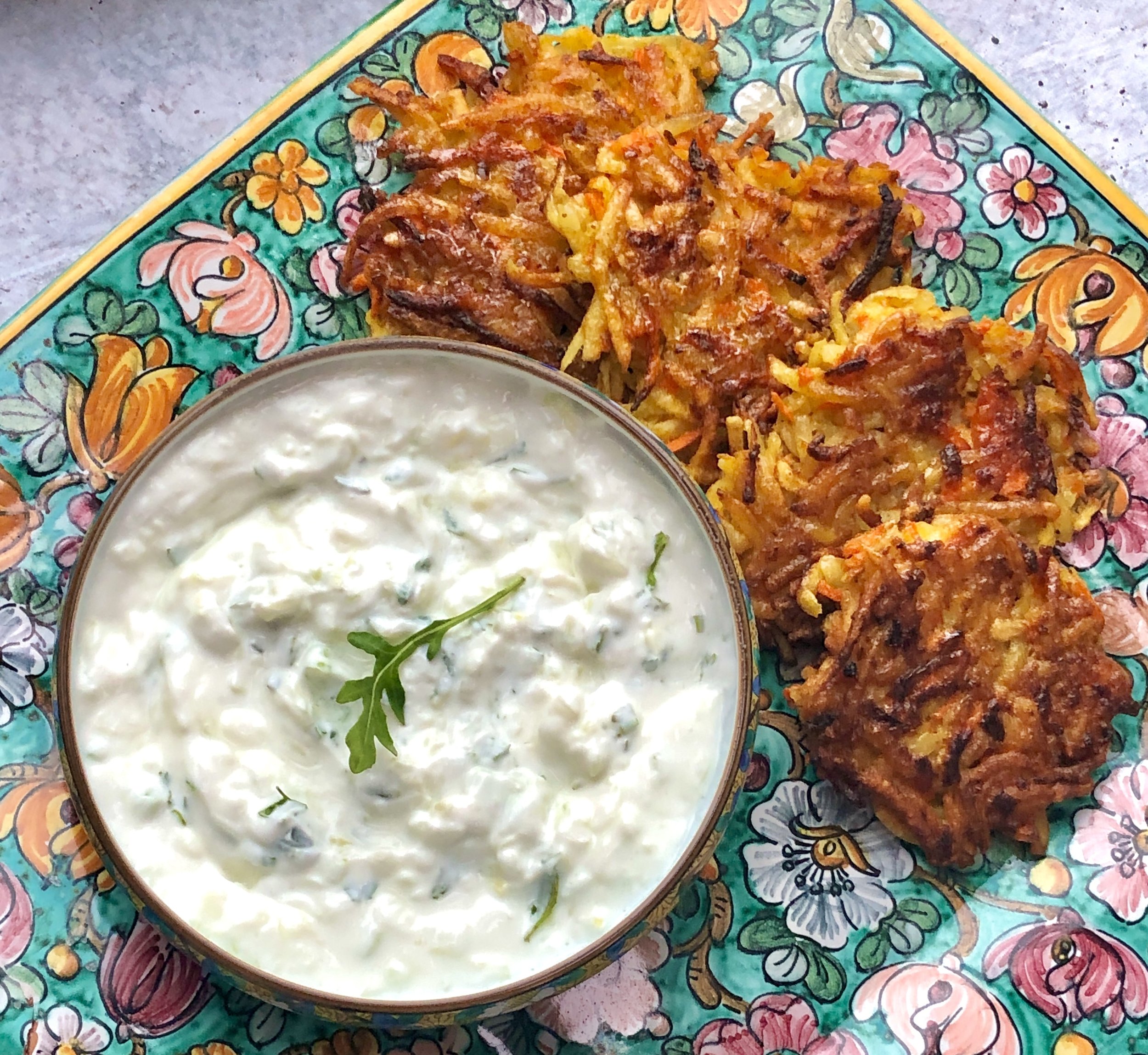When I was a kid, vegetables were always boiled (usually to death) and served with a pat of butter or margarine and it was no wonder that most people hated them.
We’ve learned a lot since then.
Whether you steam, poach or roast them, it’s incredibly easy to dress up any vegetable and make it a delicious side dish or even the star of your dinner.
Like this:
Roasted Asparagus with Zatar
1 pound medium-thick asparagus
1 tablespoon extra-virgin olive oil
1 clove garlic, finely chopped, optional
Salt and freshly ground black pepper
2 tablespoons lemon juice
1 teaspoon zatar
Preheat the oven to 450 degrees. Trim the ends of each asparagus spear. Rinse and dry the spears and place them on a rimmed baking sheet. Drizzle the olive oil on top and scatter the optional garlic on top. Roll the spears to coat each one. Sprinkle with salt and pepper. Roast the asparagus for about 10-15 minutes or until tender. Drizzle with the lemon juice, sprinkle with zatar and serve.
NOTE: these are fine whether served hot or at room temperature.
Makes 4-6 servings
